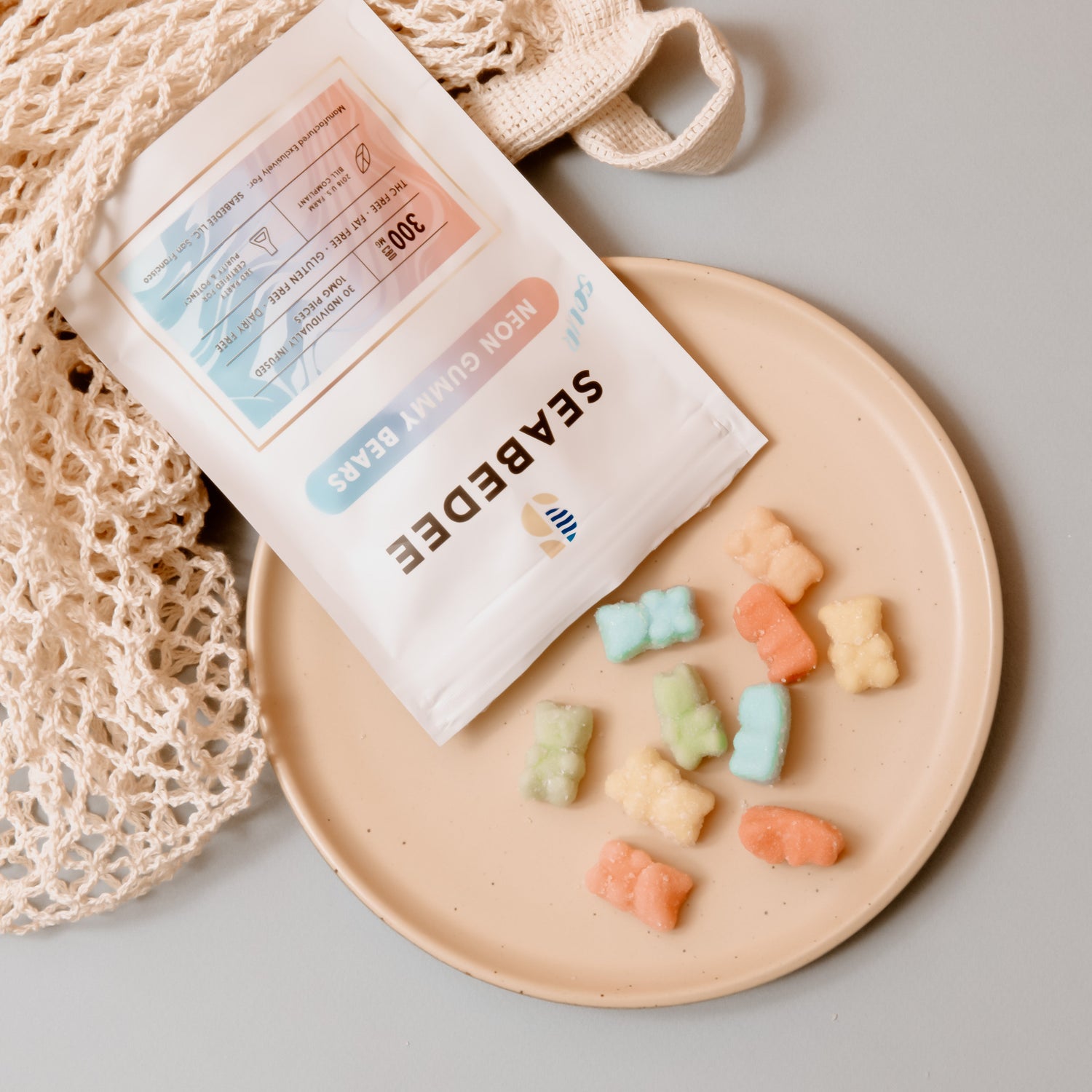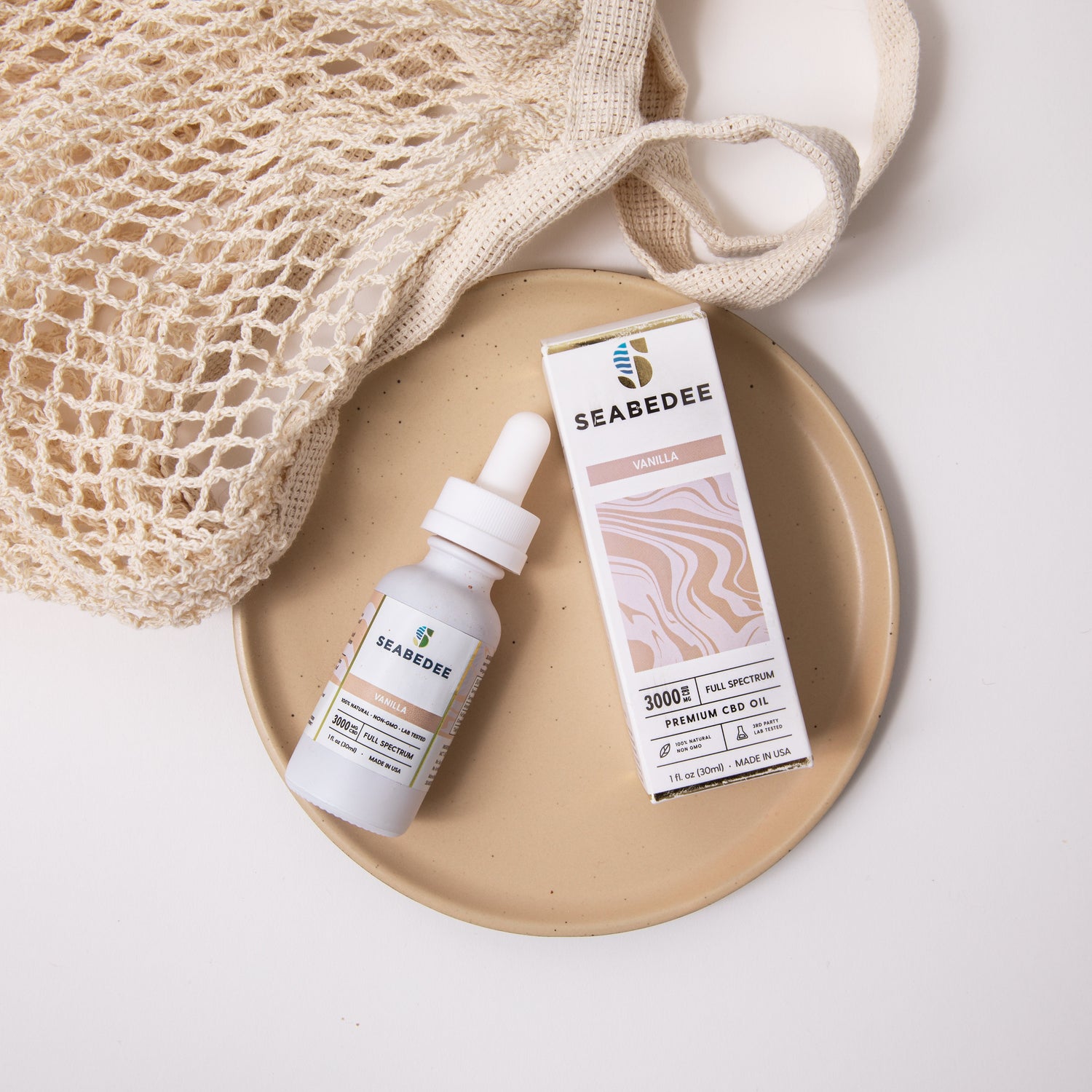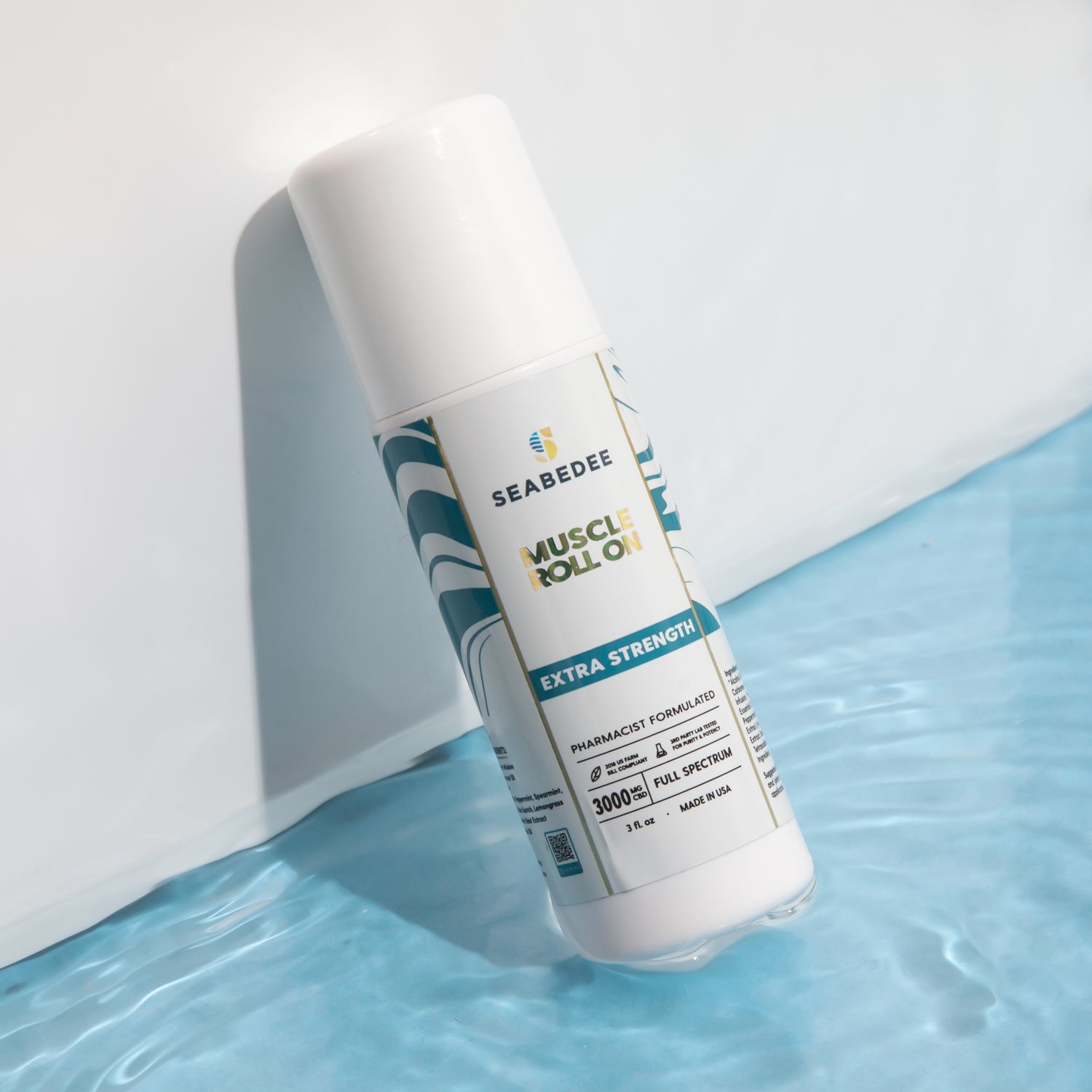Are There Microplastics in Tap Water? What’s Lurking in Your Glass and How to Filter It Out
Most people don’t expect to find microplastics in tap water. Tap water feels clean. It looks clear. But what we see isn’t always what we’re drinking.
How Do Microplastics Enter the Tap Water Supply?
Microplastics in tap water come from all over the environment. These plastic particles are everywhere, and once they get into the water system, it’s almost impossible to remove them completely.
Here’s how microplastics get into your tap water:
-
Runoff from roads, plastic waste, and landfills
-
Airborne microplastic fibers that settle into reservoirs
-
Washing clothes made from synthetic fabrics
-
Microbeads from personal care products like face scrubs
-
Degraded plastic from aging plumbing and pipes
Most municipal treatment plants were built decades ago. They were designed to remove bacteria and large contaminants—but not microplastics in tap water. These particles are small enough to pass right through filters that aren’t designed to catch them.

And that’s the real problem. You might be drinking microplastics every day without realizing it. Even newer filtration systems inside water plants aren’t perfect. Some particles are too small or too flexible to get caught. That means they end up in your glass.
We created MicroplastX to give people more than just filtered water—we help you understand what’s already in your body. MicroplastX shows you what filters can’t.
If microplastics in tap water have made their way into your blood, we’ll help you find out. And once you know, you can make smarter choices to protect your health.
How Widespread Is the Problem?
Many people think microplastics in tap water is a problem limited to poorer countries with less regulation. But research shows it’s actually worse in places that rely heavily on plastic. That includes the United States, Canada, the UK, and Australia.
Microplastics Are Everywhere—Including in Developed Countries
In one global test, 94% of water samples from North America contained microplastics in tap water. That’s not just bottled water—it includes everyday water straight from the kitchen sink.
Here’s why this problem is so widespread:
-
High plastic usage in packaging and manufacturing
-
Microplastic pollution traveling through air and rain
-
Lack of filtration systems built to catch small plastic particles
-
Aging pipes and infrastructure still in use today
-
Little public awareness of the risks
Most people have no idea they’re drinking microplastics in tap water. That’s what makes it dangerous. You can’t taste it. You can’t see it. And by the time you feel any health effects, it’s already built up inside you.
This is exactly why we started MicroplastX. We knew that filtering your water isn’t enough. You need to know what’s made it past the tap and into your body.
Our at-home microplastics test is the first tool that gives you actual proof of exposure. It’s fast, private, and easy to use. You don’t need a doctor or a lab visit.
Microplastics in tap water aren’t just a future risk—they’re a current reality. If you want to know whether you’ve been affected, MicroplastX can help you find out.
You shouldn’t have to guess. We give you answers based on your body, not assumptions.
Can Tap Water Filters Remove Microplastics?
Many people assume a water filter is enough to protect them from microplastics in tap water. But here’s the truth—most filters are made to improve taste, not remove tiny plastic particles.
What Most Filters Are Designed to Do
Standard tap filters focus on:
-
Chlorine and odor
-
Sediment and rust
-
Some heavy metals
-
Basic bacteria control
What they don’t usually block is microplastics in tap water. These particles are much smaller than what most filters are rated for. So even if your water tastes clean, it doesn’t mean it’s free from microplastics.
Are Some Filters Better Than Others?
There are filters that do a better job—if you know what to look for. Filters that may help reduce microplastics in tap water include:
-
Reverse osmosis systems
-
Ultrafiltration units
-
Multi-stage systems rated for sub-micron removal
These aren’t your basic pitcher filters or faucet attachments. They’re more advanced and more expensive—but even then, they’re not perfect.
Filters Have Limits You Need to Know
Here’s why filtering isn’t the whole solution:
-
Filters don’t show how much plastic is in your body
-
They don’t cover exposure from food or air
-
Most filters aren’t tested specifically for microplastics in tap water
-
Some cheaper filters may actually shed particles of their own
Even if you’re using a top-tier filter, it’s still just a guess. That’s where we come in. We created MicroplastX to give people real answers, not just assumptions. Even if you filter, get tested with MicroplastX. Our at-home blood test shows if microplastics in tap water are already in your system.
The Missing Step is Testing Your Body
People buy filters and bottled water thinking they’re covered. But microplastics in tap water don’t always get stopped at the faucet. And even if they do, what about what you’ve already consumed?
Why Testing Water Isn’t Enough
Testing water only tells you what might be in the glass. It doesn’t tell you what’s in your blood.

Microplastics in tap water may have been entering your body for years. You just haven’t seen it—because you haven’t tested.
Microplastics Don’t Leave Easily
Once microplastics enter your system, they don’t flush out like water. Studies suggest they can pass through the gut barrier, reach the bloodstream, and stick around in organs and tissues.
Here’s why that matters:
-
Long-term exposure may cause inflammation
-
Plastics may carry harmful chemicals into the body
-
The particles accumulate quietly over time
-
You can’t feel them, but they could be affecting your health
That’s why we believe blood testing is the missing link. It’s not enough to test what’s in your tap. You need to know what’s in your body.
Our Solution Is Built for Real Life
We created MicroplastX to make microplastic testing easy, accurate, and accessible. Our at-home test kit shows if microplastics in tap water—or other sources—are already part of your bloodstream.
Here’s how it works:
-
You order the kit online
-
You collect a small blood sample at home
-
You send it back using prepaid packaging
-
You get lab results that show your microplastic exposure
No doctor visits. No waiting rooms. Just clear answers.
MicroplastX is the missing piece in your microplastic defense. We’re here to help you understand what’s already in your body—and what you can do about it.
If you want to stop guessing, start testing. Microplastics in tap water are real, and now you have a way to find out what they’re doing to you.
How Do Microplastics Enter the Tap Water Supply?
Microplastics in tap water don’t just show up randomly. These plastic particles begin their journey far upstream, working their way through our environment and into the water supply. Most of us don’t realize how many ways microplastics in tap water can get there.
Common Sources That Feed the System
Here are the biggest ways microplastics end up in your drinking water:
-
Runoff from roads, landfills, and plastic waste
-
Degraded plastic pipes and plumbing
-
Microfibers from synthetic clothes washed in home machines
-
Airborne particles settling into water sources
-
Microbeads from scrubs and soaps slipping past treatment plants
Even rain can carry plastic particles from the air into rivers and lakes. And once they’re in, the water treatment process isn’t enough to get them out.
Why Traditional Water Plants Don’t Catch It
Most treatment systems were built to remove:
-
Dirt and sediment
-
Chlorine and chemicals
-
Bacteria and viruses
But they weren’t built for microplastics in tap water. These particles are often too small and flexible to get caught in the older filtration systems still used in many cities. That means they go straight from the water plant to your home—and into your body.
The Problem Is Bigger Than You Think
This isn’t about a one-time spill or bad plumbing. Microplastics in tap water are now part of daily life. They’re in public systems, private wells, and even bottled water. And since you can’t see or taste them, most people don’t know what they’re drinking.
That’s why we built MicroplastX. We wanted people to stop guessing and start getting real answers. MicroplastX shows you what filters can’t.

A global report from the World Health Organization confirmed that microplastics in tap water are now a worldwide issue—and that filtering water may not be enough.
How Widespread Is the Problem?
There’s a myth that microplastics in tap water are only a problem in less developed countries. That couldn’t be further from the truth. Microplastics in tap water are showing up in high-income countries with modern systems just as often—sometimes more.
Reports Show Microplastics Are Everywhere
In a global test, over 80% of tap water samples contained microplastics in tap water. In the U.S., that number climbed to over 90%. This includes major cities, suburban towns, and even filtered office buildings.
Here’s why it’s so widespread:
-
Heavy plastic use in developed economies
-
Airborne plastic particles falling into water reservoirs
-
Synthetic clothing shedding into household drains
-
Old pipes leaching plastic fragments into public lines
-
General lack of testing and awareness at the local level
And despite those numbers, very few people are aware of just how much plastic they may be drinking every day.
High-End Doesn’t Mean Low Risk
Even if you live in a clean city or use a fancy water system, you’re not in the clear. Plastic particles don’t care about your zip code. In fact, places with more plastic products and longer supply lines may actually have more exposure to microplastics in tap water.
So if you think your location protects you, think again.
You Won’t Know Unless You Test
This is where we come in. At MicroplastX, we offer a simple way to find out if you’ve been affected. Our at-home microplastic blood test doesn’t guess—it measures. You collect the sample yourself, send it in, and get a report that shows exactly what’s in your body.
You can also read about how we started MicroplastX and why we made this test available to the public.
Microplastics in tap water are already here. If you want to know how much of it has made it into your system, we’re ready to help.



